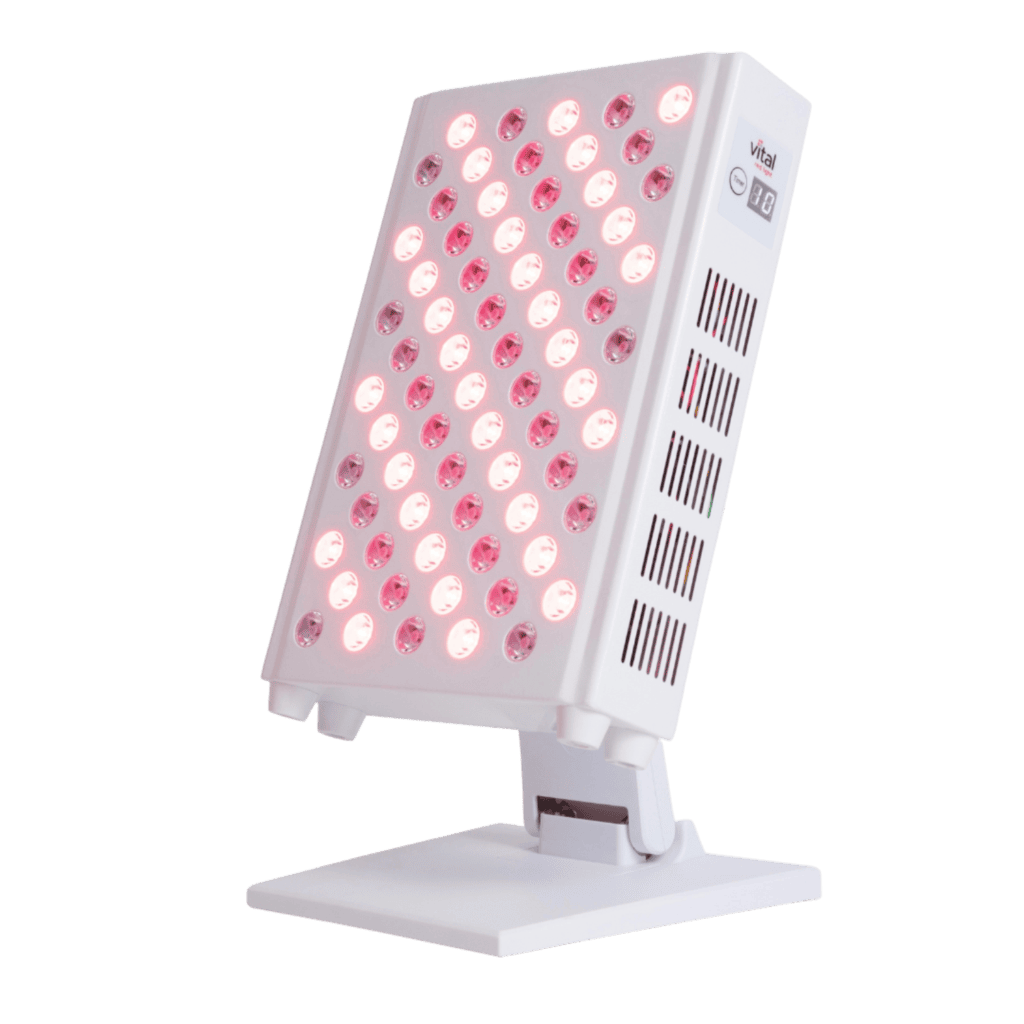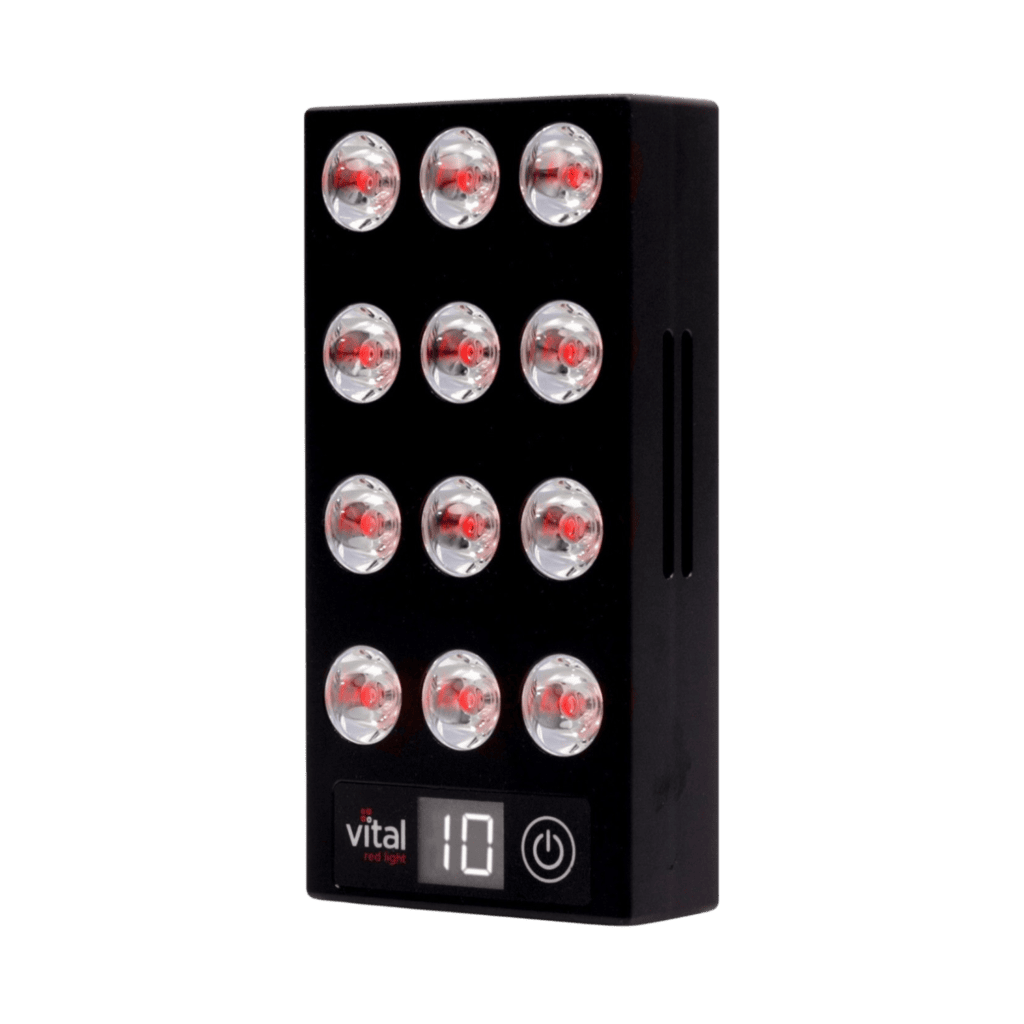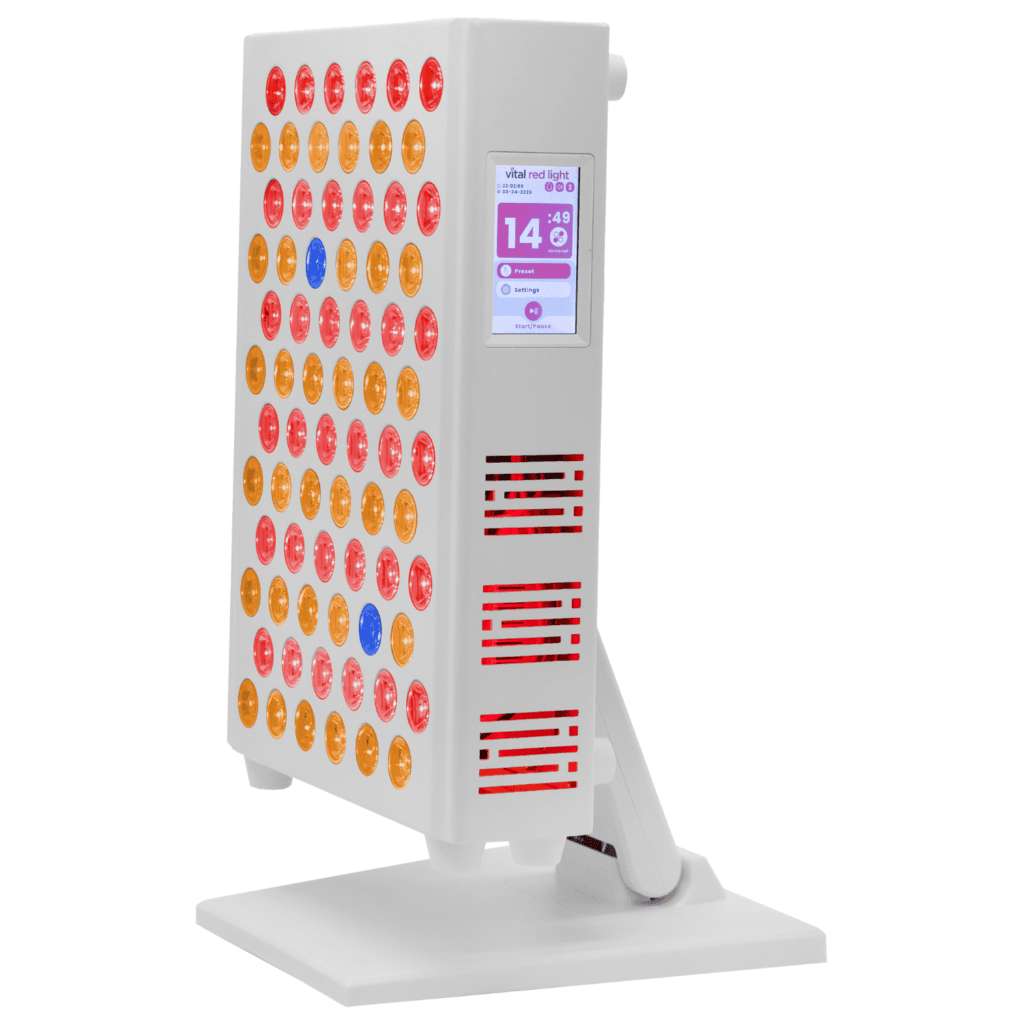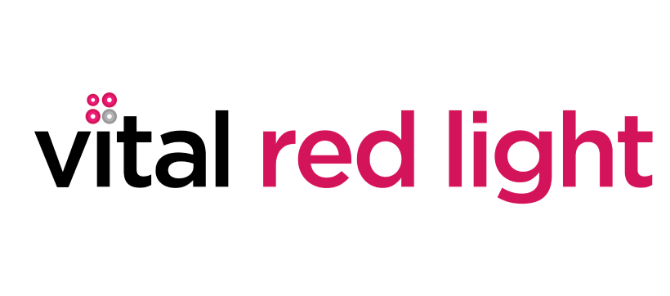
Red light therapy has gained popularity as a skincare treatment, with LED face masks and red light panels leading the way. These devices claim to reduce wrinkles, improve skin texture, treat acne, and promote collagen production. But how do they work, and which option is best for you? Let’s explore the science, benefits, and best devices available.
How Does It Work?
Red light therapy uses specific wavelengths of light to penetrate the skin and stimulate cellular repair. The most commonly used wavelengths include:
- Red Light (630-660nm) – Stimulates collagen production, reduces fine lines and wrinkles, and improves skin elasticity.
- Near-Infrared Light (810-850nm) – Penetrates deeper into the skin, promoting tissue healing and reducing inflammation.
- Blue Light (415nm) – Targets acne-causing bacteria, helping to clear breakouts and reduce oil production.
These wavelengths work by energizing cells, improving circulation, and reducing oxidative stress, leading to healthier skin over time.
LED Face Masks vs. Red Light Panels
When choosing a red light therapy device, you’ll need to decide between a wearable LED face mask or a larger therapy panel.
Convenient but Less Powerful
LED face masks are designed to fit over your face, delivering light therapy in a hands-free manner. They typically feature flexible or rigid designs with built-in LED lights.
Pros:
- Hands-free, allowing for multitasking.
- Portable and easy to store.
- Ideal for facial skincare treatments.
Cons:
- Lower power output compared to panels.
- Limited light coverage—often misses some areas.
- Longer treatment times (10-15 minutes per session).
Some of the best LED masks available include:
- Dr. Dennis Gross SpectraLite FaceWare Pro ($455) – Offers both red and blue light therapy with a fast 3-minute treatment time.
- CurrentBody LED Face Mask Series 2 ($469) – A flexible mask that delivers red and near-infrared light for anti-aging benefits.
- Therabody TheraFace Mask ($599) – Includes vibration therapy for added relaxation along with light therapy.
These masks are FDA-cleared and can be effective if used consistently over time.
Red Light Panels: More Power, Faster Results
Red light therapy panels are larger devices that provide a higher intensity of light. They cover a broader area and are often used for full-face or full-body treatments.
Pros:
- More powerful, delivering better penetration and faster results.
- Even light distribution for consistent treatment.
- Shorter treatment times (2-3 minutes per session).
Cons:
- Not as portable as masks.
- Requires sitting in front of the panel during treatment.
Popular red light therapy panels include:
- Mito Red Pro Mini ($300-400) – Compact but powerful for facial treatments.
- Hooga 300 Panel ($260) – Affordable with high power output.
- Infraredi Mini Panel ($550) – Offers strong red and near-infrared light therapy.
Panels are ideal for those who want the most effective red light therapy with minimal time investment.
Choosing the Best Device for Your Needs
When deciding between an LED face mask and a red light therapy panel, consider the following factors:
- Power Output – Panels generally provide more power and better skin penetration. Masks are lower in intensity but work well with consistent use.
- Treatment Time – Panels offer quicker treatments (2-3 minutes), while masks require 10-15 minutes per session.
- Convenience – Masks allow for multitasking, while panels require you to sit in front of them.
- Price – Both options range from $250 to $600, but panels offer better value in terms of power and efficiency.
Final Thoughts
Both LED face masks and red light panels can be effective for improving skin health. If you prioritize convenience and portability, an LED mask is a good choice. However, if you want faster and more powerful results, a red light therapy panel is the better investment.
Regardless of which option you choose, consistency is key. Using red light therapy several times a week can help you achieve glowing, youthful skin over time.







